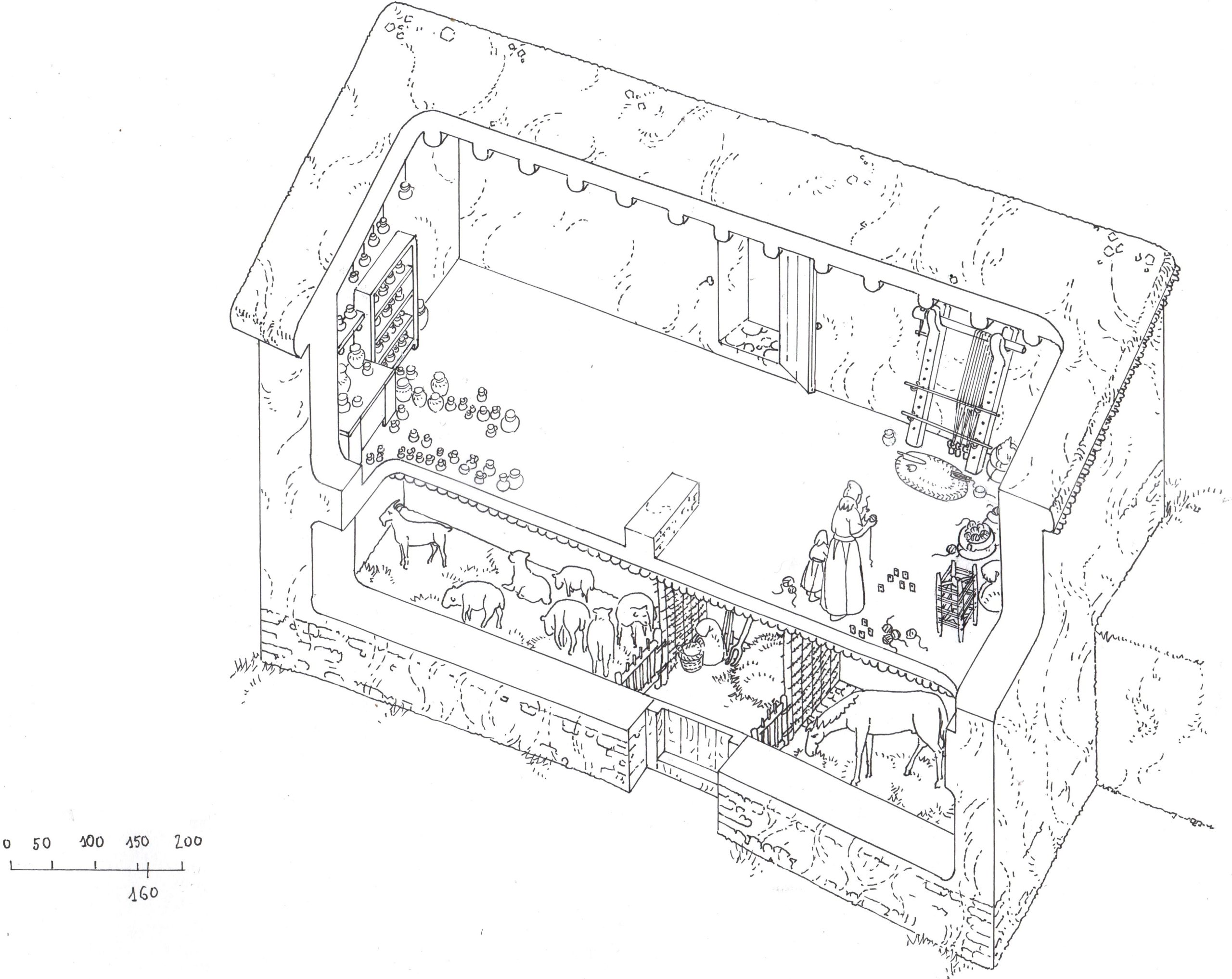Potentially linked to the movement of the Carthaginian army across the Pyrenees to fight the Romans, the fierce fire broke out so quickly that people were unable to save their livestock or property. A ruined building located in the Pyrenees tells the story of the tragedy of its former inhabitants – a devastating fire that destroyed the settlement, destroying everything, including a hidden golden earring. Archaeologists excavating Building G at the strategically important Iron Age site of Tossal de Baltarga have found evidence of a life disrupted by violence, possibly opening a forgotten chapter in the war between Carthage and Rome.
buried treasure
Tossal de Baltarga was the center of the Cerretani community, which had a large settlement in nearby Castellot de Bolvir. It appeared to have no defensive walls but commanded magnificent views of the river and major travel routes. The sudden destruction preserved organic remains and allowed archaeologists to paint a detailed picture of the lives lived by its inhabitants before they were set on fire.
“These valleys were an economically and strategically important region,” Olesti Vila said. said. “We know that Hannibal crossed the Pyrenees fighting against local tribes, probably the Kerretans. Very few archaeological remains survive from this expedition. Tossal de Baltarga is probably one of the best examples.”

Building G had two floors. The fire burned so fiercely that the roof, support beams and wooden floor collapsed, but some valuables survived: Archaeologists found an iron pickaxe and a gold earring hidden in a small pot.
This upper floor appears to be dedicated to cooking and textile production areas. Many spindles and loom weights were found, which may have been used to spin and weave the wool of the sheep and goats living on the lower floor. Archaeologists also found some cooking pots containing edible grains such as oats and barley, and remains that indicate the people who used Building G drank milk and ate pork stew.
A memory of the conflict
Although no human remains were found in Building G, 6 animals could not escape. Four sheep, a goat and a horse – probably ridden by the owners of Building G; It was quite old and a metal piece was found for the horse; They were kept in wooden enclosures with their feed. They may even have been trapped in the closed doors, which explains the burnt wood found at the entrance. This flock may have diverged from normal practices due to fear of conflict: isotopic analysis shows that some sheep were previously grazed on lowland pastures, possibly in agreement with other communities.
“These mountain communities were not limited to the highlands, but were connected to neighboring areas, exchanged products and probably had cultural origins,” Olesti Vila said. said. “A complex economy points to an Iron Age society adapted to the environment and use of resources in the highlands. But it also shows contacts with other communities.”
“Our reconstruction involves immediate destruction with no time to open the barn door and rescue the animals,” Olesti Vila said. he added. “It could be an unexpected local fire. However, the presence of a hidden golden earring indicates that the locals are awaiting the arrival of some kind of threat, possibly the enemy. Also, the presence of such a large number of animals in a small stall is a sign of danger.”
Archaeologists don’t know what happened to the people who lived at Tossal de Baltarga, but it was eventually reoccupied and garrisoned by the Romans. Presumably a certain part of the community survived the fire. Perhaps remembering the burning of Building G and its neighbors, later inhabitants of Tossal de Baltarga built defensive structures, including an impressive watchtower.
Source: Port Altele
